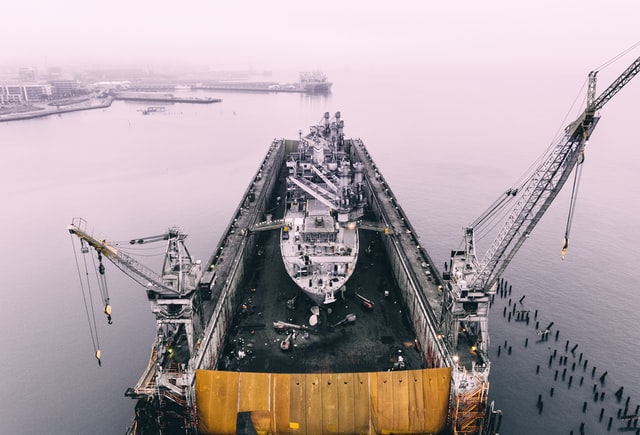Several issues, including mechanical equipment fails, plugging, alterations in production features, and pressure injection upsurges, can occur in a producing well at any time. If any of these happens, the problems often negatively impact the well’s production, operations, and revenue. That’s one reason why field operators need to seek offshore well intervention companies to revamp productions and keep the operations at their peak.
Due to the demand, innovations in well intervention have risen over the years since operators are putting efforts to slow down the maturity process of fields, reverse the declining production rates, and keep wells running and effective. While it’s important to apply the latest innovations and technology, experts advise that it’s essential to consider the efficiency of the trends and their economic benefits. Similarly, it’s essential to stay up-to-date with all the legal requirements and verifications for a well intervention process.
What is Well Intervention?
A well intervention also referred to well work, is any operation on a gas or oil well, during or after its production life, intending to alter its state or geometry. These activities typically aim at managing or upsurging the production of the well or providing diagnostics.
It’s usually a fundamental process, especially if done correctly since it optimizes the well’s production to the desired levels and can also restore the life of a maturing field. However, it doesn’t go without a catch, as operators must understand the right processes to follow. If you’re considering PRT offshore, ensure that you find a reputable provider who understands the trends and has a record of success in the field.
Why Is It Important?
Well intervention comes with loads of benefits if you follow the correct procedure and apply the right technology. Here are some advantages:
1. Controlling well fluids’ pollution
The central aim of the well intervention is to lower the risk of fluids from the gas and oil fields flowing to the environment. These fluids contain chemicals, and their emission to the environment means pollution to water bodies and risking lives.
2. Optimizes Well Production
Due to several factors, operations and production of the wells may subside, eventually leading to revenue loss. If these problems aren’t addressed, the well may lose its effectiveness quicker and lead to well abandonment. A proper well intervention comes in handy to optimize the production of oils and gas and reverse the declining pace of a maturing well.
3. Reduces Field development costs
A timely well intervention can be the remedy to facing the expensive workovers. Designing and implementing the process correctly also eliminates the risk of significant well shut-ins.
Well intervention is a very noble process if designed and implemented the correct way. It comes with several benefits both for the environment and to the fields. Effective implementation improves and revamps the production of a well, making it an essential investment in the field’s life. However, the reverse is the case if you don’t follow the correct implementation procedure. That’s why it helps to gain as much knowledge as possible and keep your eyes on the innovations. Also, ensure that you understand the procedure, right from designing to implementation.


